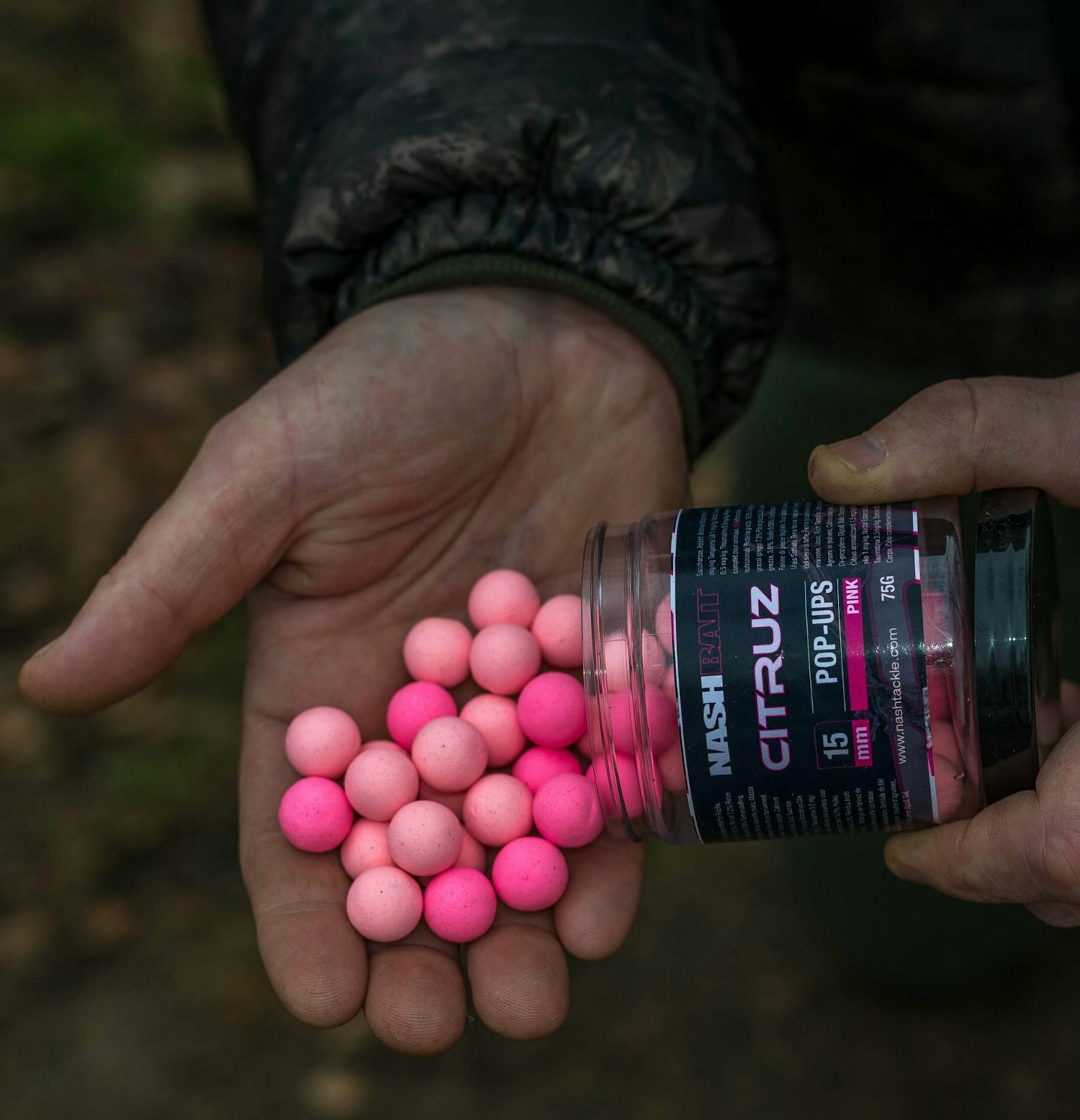If you are a carp angler, or have headed into a tackle shop in the last five years, you will notice the amount of different baits you can use to catch carp. It is not just the bait, but the amount of additives, techniques and secret edges you can apply to help make them irresistible and ultimately catch you more fish.
However, how many of these edges are myths and how many are true, we put some of the most asked questions about carp fishing baits to the best anglers in the country to see what their opinion is on them...
“Fishmeals don’t work in the winter”
Adam Penning says:
Yes, they do! It’s a total myth that carp don’t like fishy stuff in cold water. I often hear of predator anglers catching carp on small deadbaits in winter – and you can’t get much fishier than a fish!
That said, really good quality fishmeals like Sticky Krill are harder to digest when the water is really cold. The fish still find them very attractive, but it’s wise to use smaller quantities.
With the winter ‘fashion’ going down the creamy/sweet/nutty route, I bucked the trend a while back as an experiment. Using bag mixes of rich, oily fishmeal powders, small fishmeal pellets and squid-flavoured hookbaits, I did really well on some tricky and pressured venues. There are no rules!”
IF YOU FISH ALL YEAR, YOU NEED TO VISIT THE BEST WINTER VENUES FOR CARP TO KEEP BITES COMING.
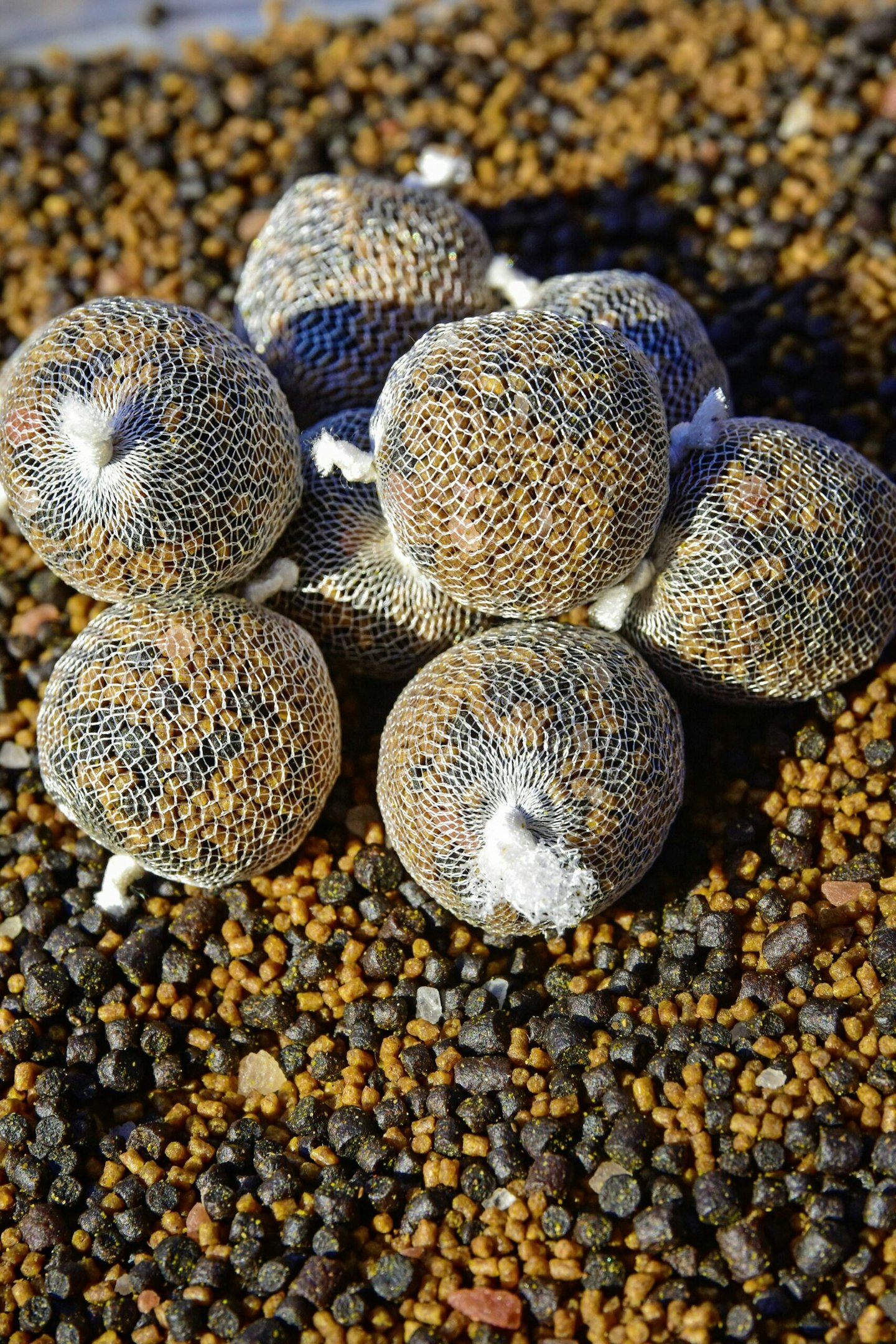
“Big baits catch big fish”
Bev Clifford says:
As a statement this is false. You only have to look at the number of big carp caught on small bright hookbaits such as corn, fished singly or in a solid bag, or some of the well-known fish that have fallen to single tiger nuts. That said, I’ll always feel more confident fishing for big carp using decent sized freebies and hookbaits, especially when the carp are on the feed and you’re hoping to catch a larger specimen and stay away from other species.
USING THE BEST CARP RODS WILL HELP IMPROVE BOTH YOUR DISTANCE AND ACCURACY.
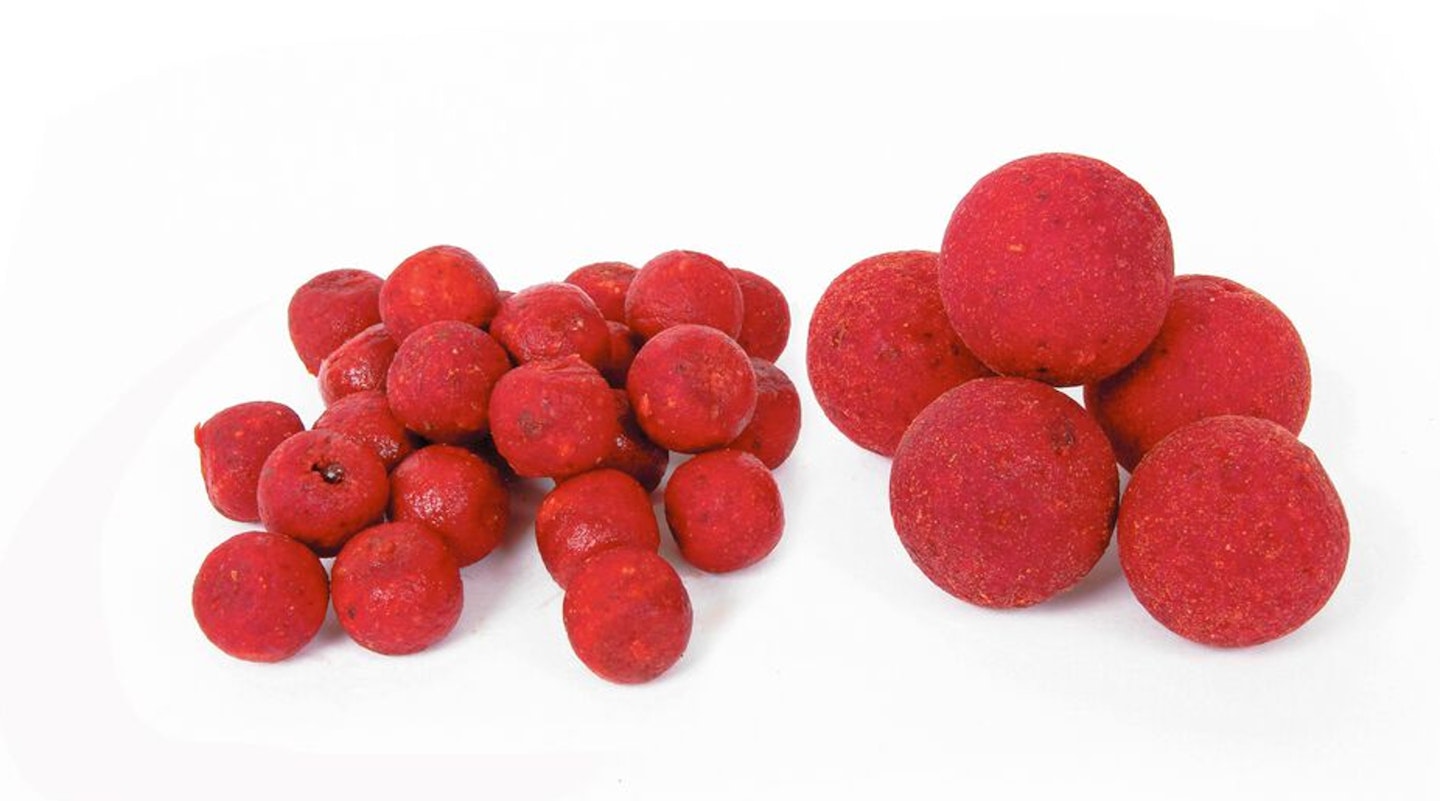
“Carp can’t see certain bait colours”
Rob Hughes says:
Absolutely false. Fish can see colour, fact. Different colours are effective on different days, fact. And there’s enough circumstantial evidence from hundreds of hours of fishing and filming to confirm that predators and prey fish alike see and respond to different colours.
A carp’s eyes have both rods and cones. These allow the transmission of light and give the ability to differentiate colours. Some fish, carp included, have a wider range and can see into both the infra-red and ultra-violet ranges, which is a little wider than ours. For fish, different colours work best in different light conditions, degrees of water clarity and as a result of conditioned behaviour.
IF YOU NEED MORE ADVICE, THIS ARTICLE ON THE BEST CARP FISHING BAIT EDGES IS WORTH READING.
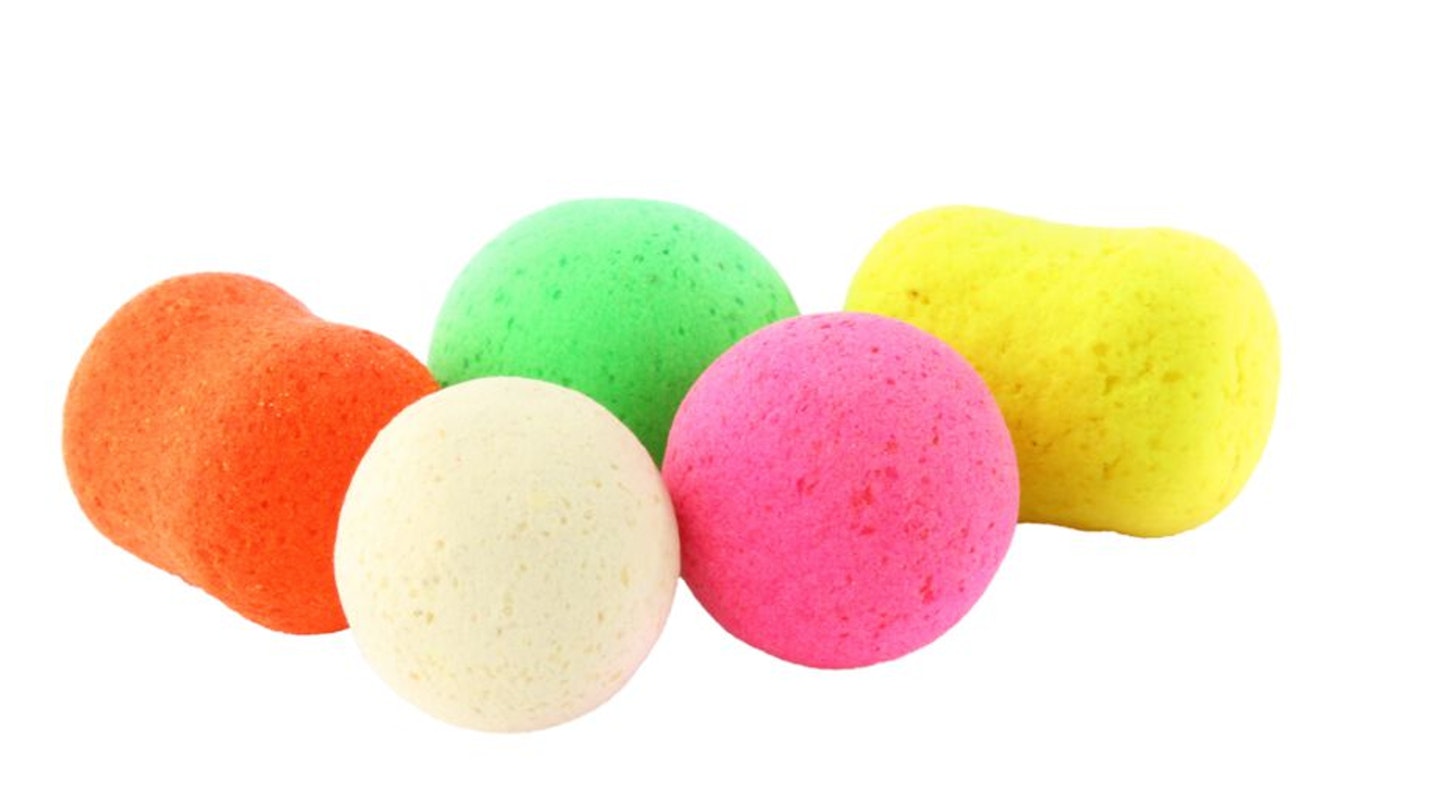
“Freezer baits are better than shelf-lifes”
Ian Russell says:
This is an age-old debate and one I despair at. With modern preservatives (which, incidentally, our human food is full of), I see no loss of quality at all.
If you look at freezer bait sales against shelf lifes on a national level, the shelf-life sales are by far the higher. This does not seem to be detrimental to either water quality or fish weights/health. I have exclusively used Dynamite Monster Tigernut shelf-life baits and my results speak for themselves.
Besides, are pellets not shelf-life? Tonnes upon tonnes of those go into our fisheries per annum, with no detriment to fish health. So, as you can probably tell, my opinion is that freezer baits and shelf-lifes are both superb carp/fish catchers, and ultimately it boils down to personal choice.
IF YOU FANCY MAKING YOUR OWN BOILIES, OUR EXPERT GUIDE WILL HELP YOU DO SO.
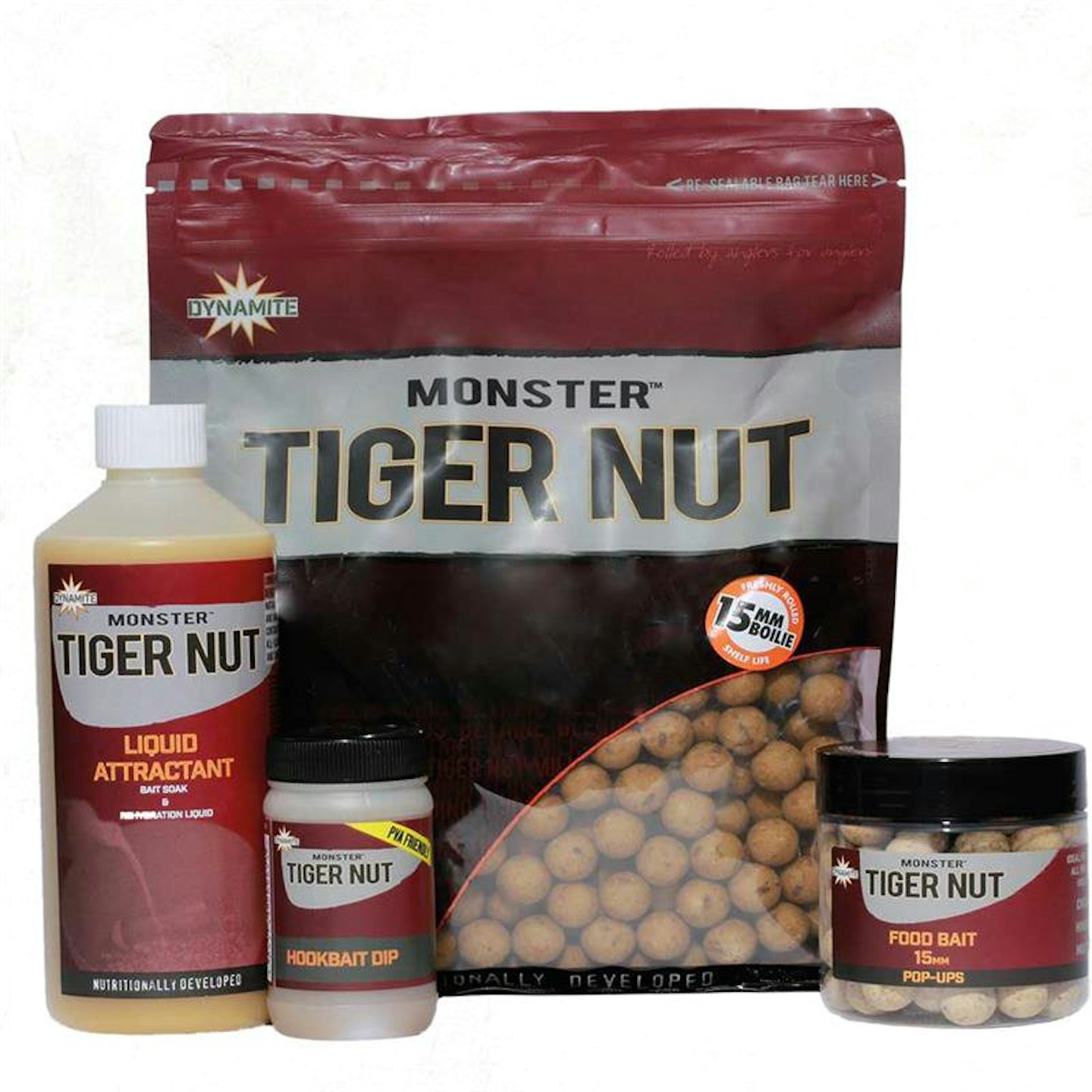
“You should be totally accurate with bait placement”
Mark Holmes says:
True and false. If I’m fishing for shoal fish, being accurate will get you bites because they collect and herd near the largest food source – your bed of bait!
However, if I’m fishing for the biggest carp in the lake, I purposely move away from a concentration of bait. Big carp are often more cautious and stay on the edge of groups of feeding fish. They will then either muscle them out or they will wait to see what’s left before they move in. Experience has taught them to wait and observe others before feeding. In these situations, I prefer a scattered bait tactic, using a throwing stick with 18mm boilies. The onus rests on the carper to decide what tactic the fishing scenario requires.
A SET OF THE BEST BITE ALARMS WILL ENSURE YOU NEVER MISS A BITE AGAIN.

“Bright baits can spook carp”
Tom Forman says:
For me, there are two important factors to consider when answering this question – the time of year and the baiting situation you have opted for.
Winter going into spring is without doubt the best time of year to fish single hookbaits, more often than not casting to fish activity as they wake from their winter slumber. A single hookbait approach requires a bright bait, such as a Citruz pop-up, which acts like a lure. With no feed, you are relying on the fish to be drawn to your hookbait and a bright colour, coupled with a strong, attractive flavour, is without doubt a winning tactic.
When it comes to fishing a brightly coloured hookbait over a baited area, I will always opt for a ‘match the hatch’ style approach, using something like a Scopex Squid wafter. Once a group of carp become preoccupied with your loosefeed, I’ve found that when they come across something different to what they are eating they will become cautious, choose to ignore it and sometimes even spook off the spot.
THE BEST FISHING BEDCHAIRS WILL HELP YOU STAY COMFORTABLE DURING LONGER SESSIONS.
